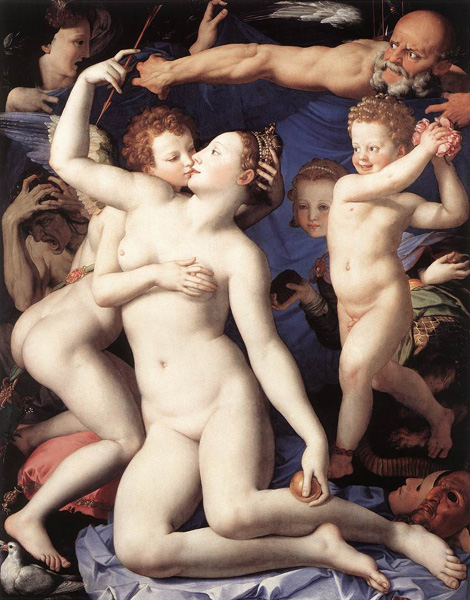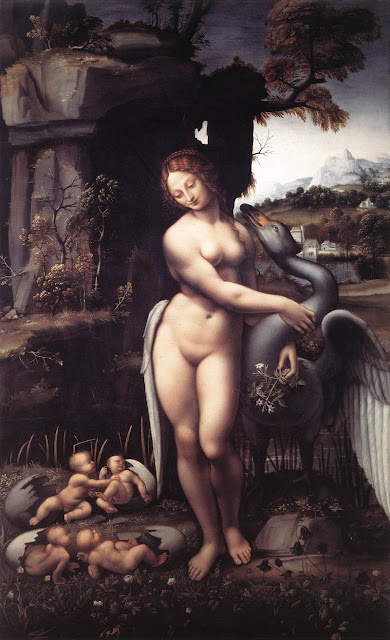 |
| A visitor to Venice in the early 16th century reckoned the city had 20,000 courtesans. Un visitatore a Venezia nei primi anni del 16 ° secolo calcolò che la città aveva 20.000 cortigiane. |
Jonathan Jones is perhaps the most important and fearedAmerican art critic. On his articles in the Guardian can decide the fate of an artist’s career or the success of an exhibition.These days out, for the moment only in English, his new book, which is already startingto discuss.The Jonathan Jones’s book “The Loves of the Artists” shows how the story of the Renaissance is the story of a sexual revolution. The great artists of the 15th and 16th century were not just visionaries, but lovers. Jonathan argues that the famous nudes of Michelangelo and Titian are not abstract images of ideal beauty, but erotic expressions of love and desire; and that in order to understand the Renaissance, we have to understand the sex lives of the men and women who defined it. Men like Raphael, who obsessively painted his lover La Fornarina in the nude, Michelangelo, who made beautiful drawings of naked male bodies to present to the young man he adored, and many other. “The Loves of the Artists” shows that the Renaissance invented eroticism as we know it, and that the new ways of thinking about sex it engendered are crucial to understanding not only art but European culture as a whole.
 |
| Bronzino was probably gay in today’s language Bronzino, nel linguaggio odierno, era probabilmente omosessuale |
 |
| Leonardo said eroticism is one of the greatest powers of art. Leonardo ha detto che l’erotismo è una delle più grandi potenze d’arte. |

